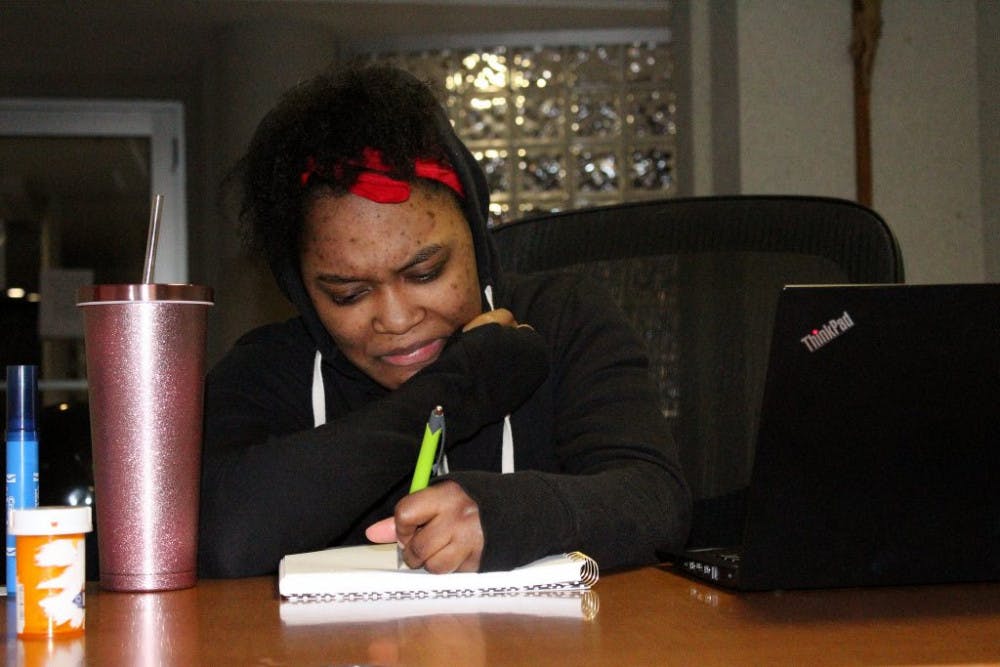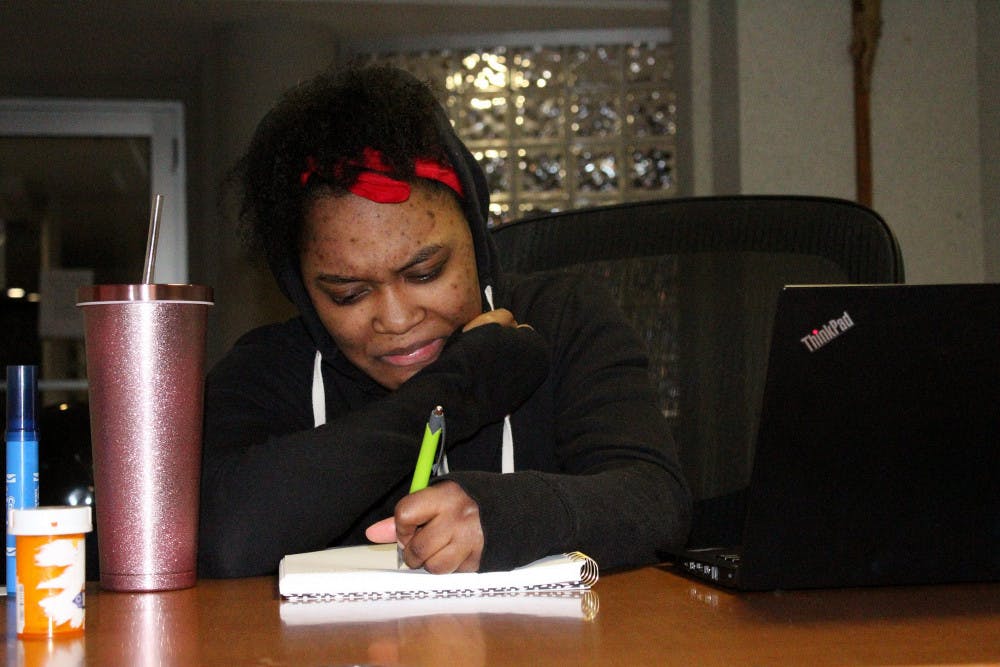On Jan. 29, the Department of Housing and Residence Life held its first-ever Tunnel of Oppression, providing individuals with an understanding of different ways in which people can be oppressed or disadvantaged.
The “Tunnel” was not a literal tubular tour, instead taking place in the Boland Cellar. A group of attendees were led to and from different stations that showcased various examples of how students can suffer different forms of marginalization.
The majority of stations involved resident assistant volunteers who performed scenarios. One station was an empty wheelchair with a message explaining how a student who uses a wheelchair was unable to attend an event because an elevator was not working.
Topics covered by the live demonstrations ranged from racism, tokenism and homelessness to domestic violence, depression and sexism. As the Tunnel of Oppression is a well-established program, Housing and Residence Life had a great deal of material from which to draw.
“There’s kind of a guideline that you can follow, but then you can make it unique to things that your students have experienced,” Akirah Fenimore, Assistant Director for Housing Operations and Business Affairs at Seton Hall, said. “So with this being our inaugural program, we decided to go with the scripts that we’ve seen, and once we get feedback from students, we can ask them if there are any experiences they would suggest.”
She added, “The one experience that is unique that students and our RAs told us that they’ve experienced was the classroom scene with the tokenism.”
The guides prefaced the tour with a warning that some of the content could be potentially triggering.
One scene was structured to cast light on domestic abuse. The two actors portrayed a couple, one performer then began to berate the other about suspected infidelity, culminating with them ripping a phone out of the other’s hand.
Microaggressions were also a topic highlighted at the event. The tour group was led down a hallway adorned with numerous pictures of people holding signs that detailed their experience with microaggressions. Some of the signs dealt with offenses based on race, questioning of one’s ethnic identity and sexism.
The organizing team recognized that not everyone will walk into the tunnel of oppression with the same perspectives or experiences.
“It’s important to shed light on things that people might not be aware of, or they may see happening, but because it’s not happening to them personally they turn a blind eye to it,” Fenimore said.
While some students may not feel the same level of marginalization as others, there were scenarios that anyone could relate to, regardless of his or her background.

Resident assistant Taji Steele acted as a woman writing her suicide note at the Tunnel of Oppression.
“The experiences that are being displayed within the tunnel are very diverse, so any student who goes through the tunnel could have experienced something like this,” April Jenkins, residence hall director for Aquinas Hall, said. “One of our scenarios relates to suicidal ideation, so that’s something that anyone could experience. I want people to see some of these everyday challenges that people face and just empathize with others.”
No matter what students feel during the experience, the organizers hope everyone will walk away from the event being at least slightly more empathetic towards those around them.
“The goal is just for everyone to be aware of what’s going on and what other college students are going through in hopes that students will just be more aware of their surroundings,” Reginald Coleman, residence hall director for Xavier Hall, said.
Marya Mahmood, a senior history and secondary education and special education major, said, “I hope students get to see different experiences that, even if they don’t experience them themselves-because I feel like a lot of people don’t realize that microaggressions are microaggressions until someone has to tell them that it is.”
Liam Brucker-Casey can be reached at liam.bruckercasey@student.shu.edu





